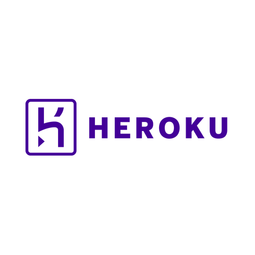Case Studies.
Add Case Study
Our Case Study database tracks 18,927 case studies in the global enterprise technology ecosystem.
Filters allow you to explore case studies quickly and efficiently.
Download Excel
Filters
-
(1)
- (1)
-
(1)
- (1)
- (1)
-
(1)
- (1)
- (1)
- (1)
- (1)
- (1)
- (2)
- (1)
- (1)
- (1)
- (1)
- (1)
- (1)
- (2)
Selected Filters

|
Align Technology's Transition to Heroku for Enhanced Consumer App Experience
Align Technology, a global medical device company, was facing challenges with its consumer-facing applications, including their corporate site and product sites. One of their key applications, the Invisalign Smile Assessment app, along with other applications, were used by thousands of consumers each month and required almost daily updates. These updates ranged from large iterations to minor changes on individual documents. The company found it increasingly difficult to perform these quick updates, a limitation that posed challenges not only for the business teams but also for their IT developers. The need for a more efficient and agile solution was evident.
|
|

|
Severn Trent Water's Digital Transformation: Real-Time Data Access for Enhanced Customer Service
Severn Trent Water, the UK's second largest water company, faced the challenge of modernizing their infrastructure to meet the growing demands of their customers. With the advent of mobile technology, customers expected faster solutions for broken water pipes and sewage problems. The company's customer service and support organizations also needed improved back-end services to expedite reporting and analysis. This would enable them to identify and fix problems more quickly and proactively replace old pipes before they broke. However, legacy software systems and organizational bottlenecks were hindering the company’s software development team. Acquiring resources for mobile services, including databases, web and application servers, was expensive and time-consuming. Employees resorted to creating informal solutions in spreadsheets and local databases to circumvent the lack of tools to address these business needs, but these could not be integrated into the core systems.
|
|

